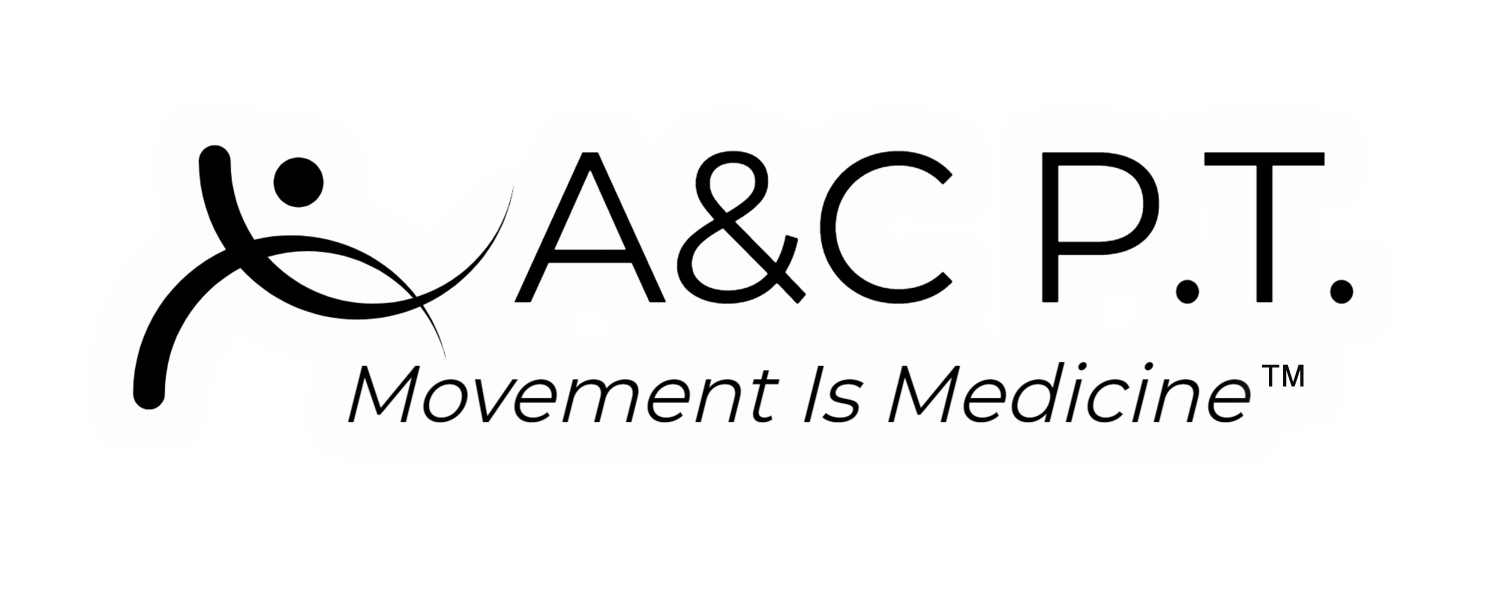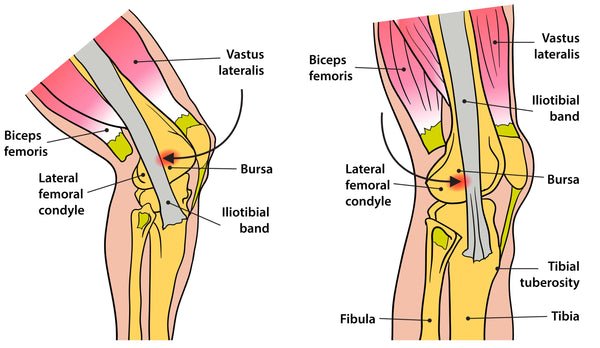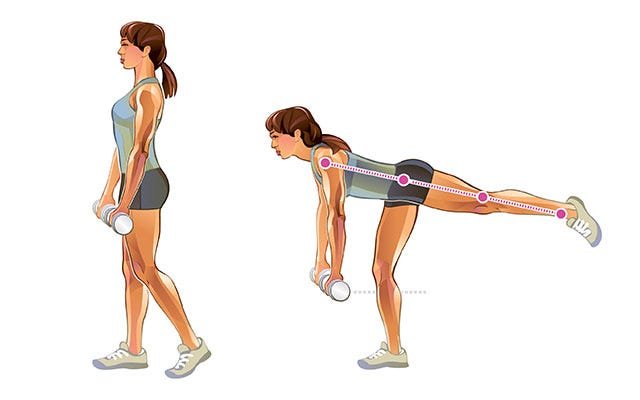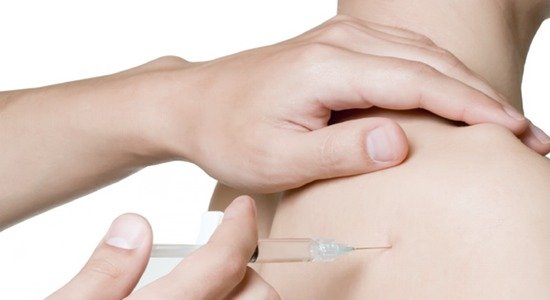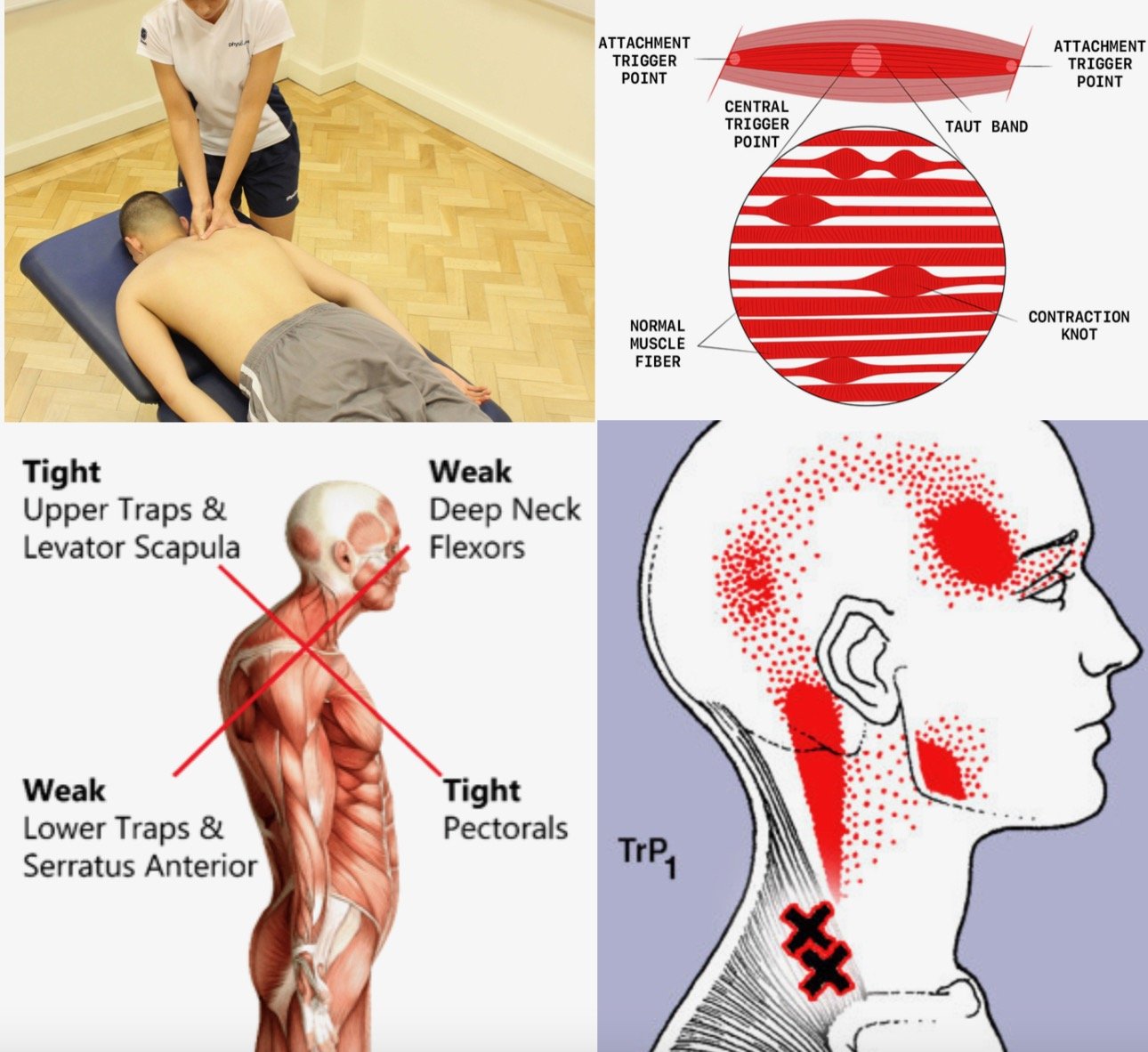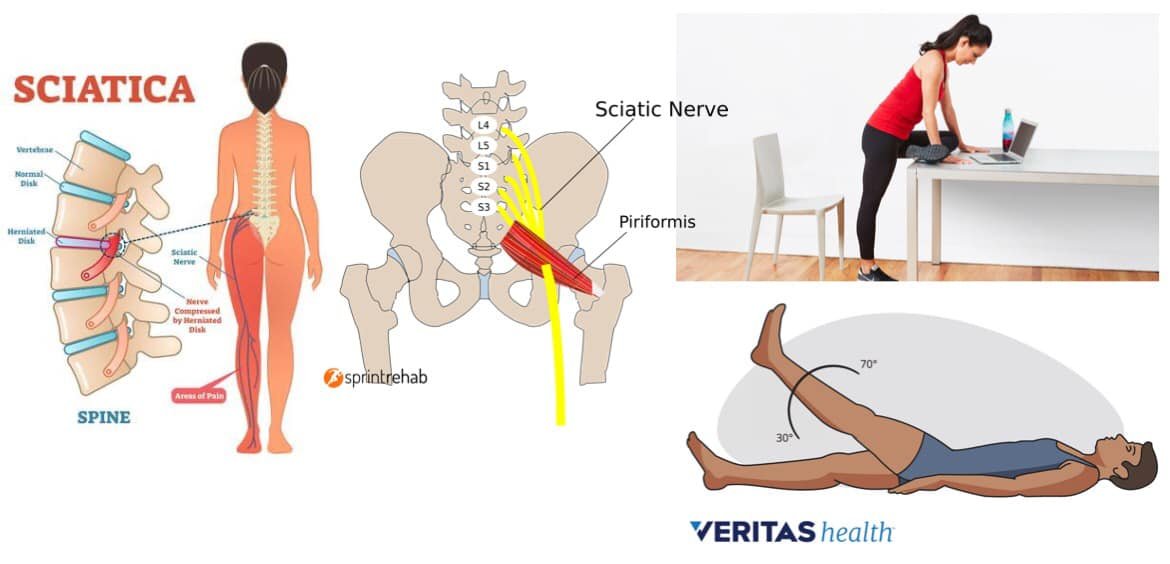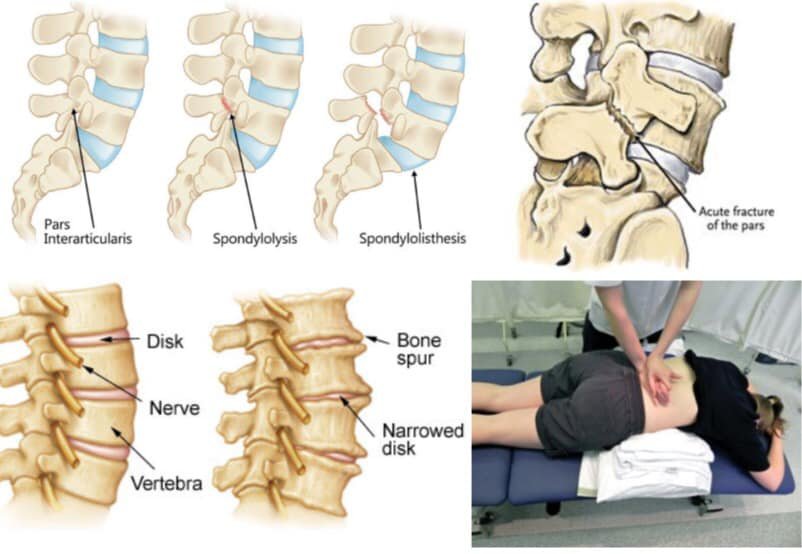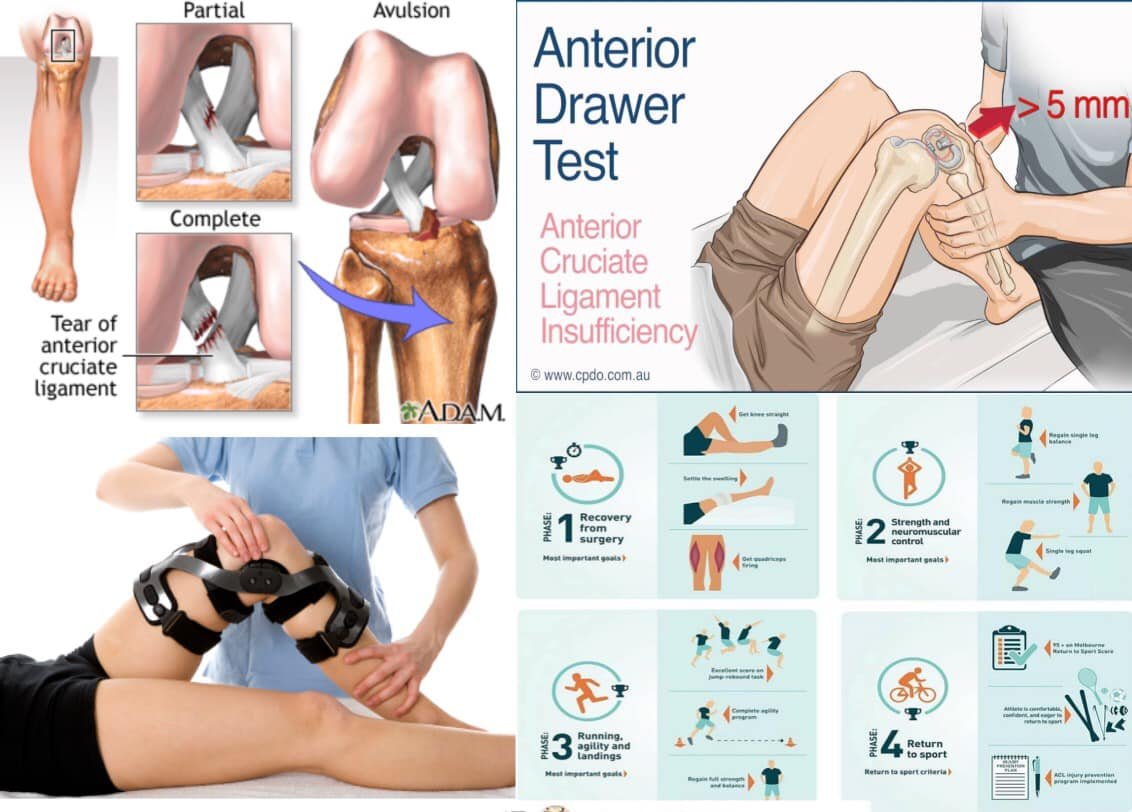ACL injury?
Looking to get ACL reconstruction? Or recently had an ACL repair?
ACL injuries are common in sports or heavy labor occupations due to the rapid cutting movements, landing improperly, & direct blows to the knees.
ACL = Anterior Cruciate Ligament. A band-like structure that attaches from the tibia to the femur which is responsible for knee stability, prevention of anterior translation & excess rotation of the tibia. With a torn ACL, it is common to experience swelling, loss of range of motion, & feeling of the knee “giving out” when walking/running. There are different grades to ACL injuries, with Grade 1 being mildly stretched ACL, Grade 2 being partial & Grade 3 being complete. Grade 1’s can be treated nonsurgically but grades 2 & 3 may require surgical treatment.
PT can help to improve knee pain with pre & post-operative treatment.
Pre-operative rehab will focus on strength training, balance, gait, & plyometrics. Pre-rehabilitation at an average of 3x/week for 14 weeks significantly improved physical function compared to no pre-rehab.
Post-operative treatment can take roughly 6-12 months & begins the day of or the following day after surgery with working on swelling, balance, lower extremity strength, proprioception, balance, endurance, power, & return to functional activities. Within the first 3 weeks, the tendon graft (hamstring/patellar tendon) used for ACL reconstruction will still be revascularizing so this phase is a slow progression to exercise.
Special tests from a physical therapist & an MRI can assess the integrity of your ACL. The special test used in the clinic is the “Anterior Drawer Test,” where PTs look at how far your tibia translates. Torn ACLs can also be accompanied by a tear of the medial meniscus & medial collateral ligament, the knees shock absorber & knee stabilizer, respectively.
For PREHAB & POST-OP ACL reconstruction, see a physical therapist who can help create a SAFE yet progressive plan of care to return to your hobbies!
